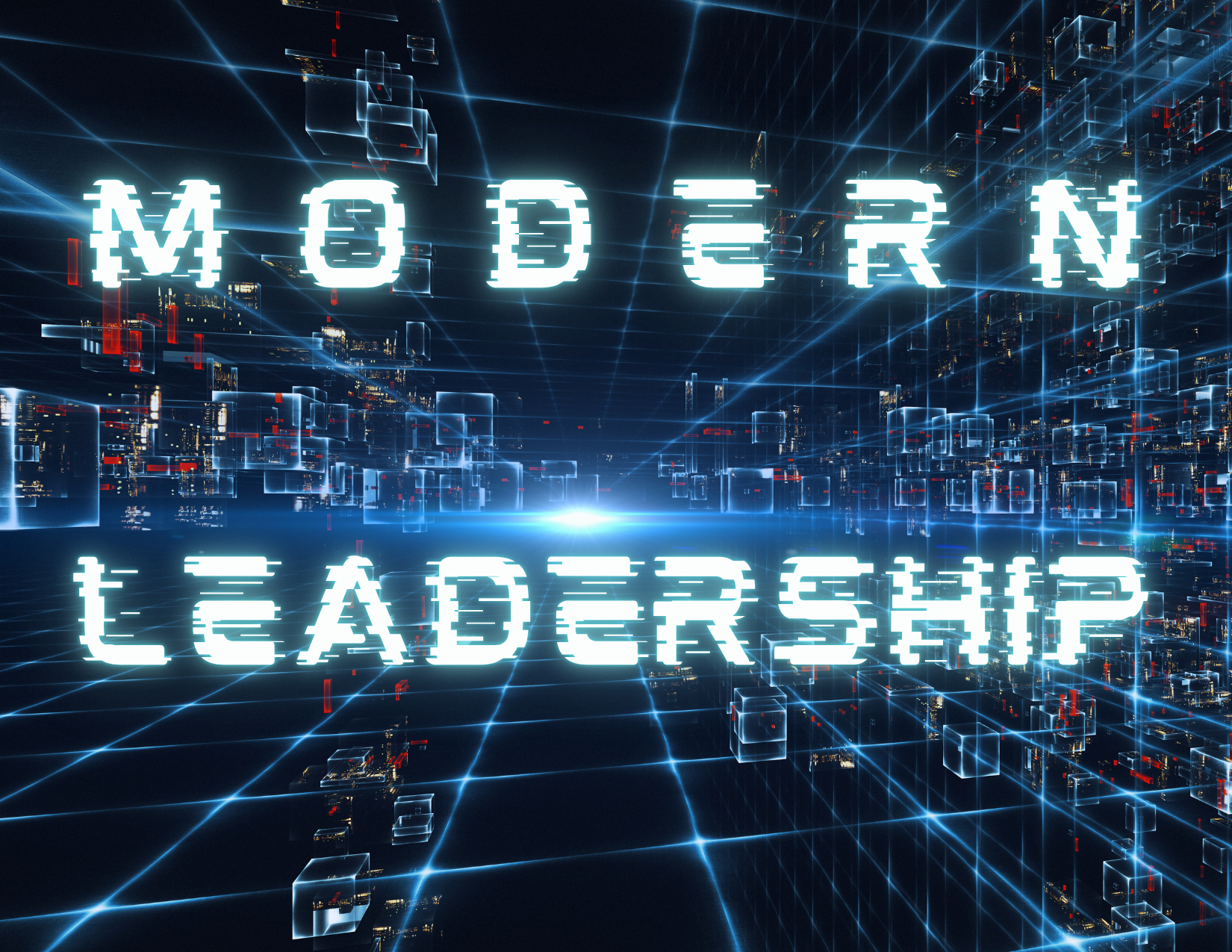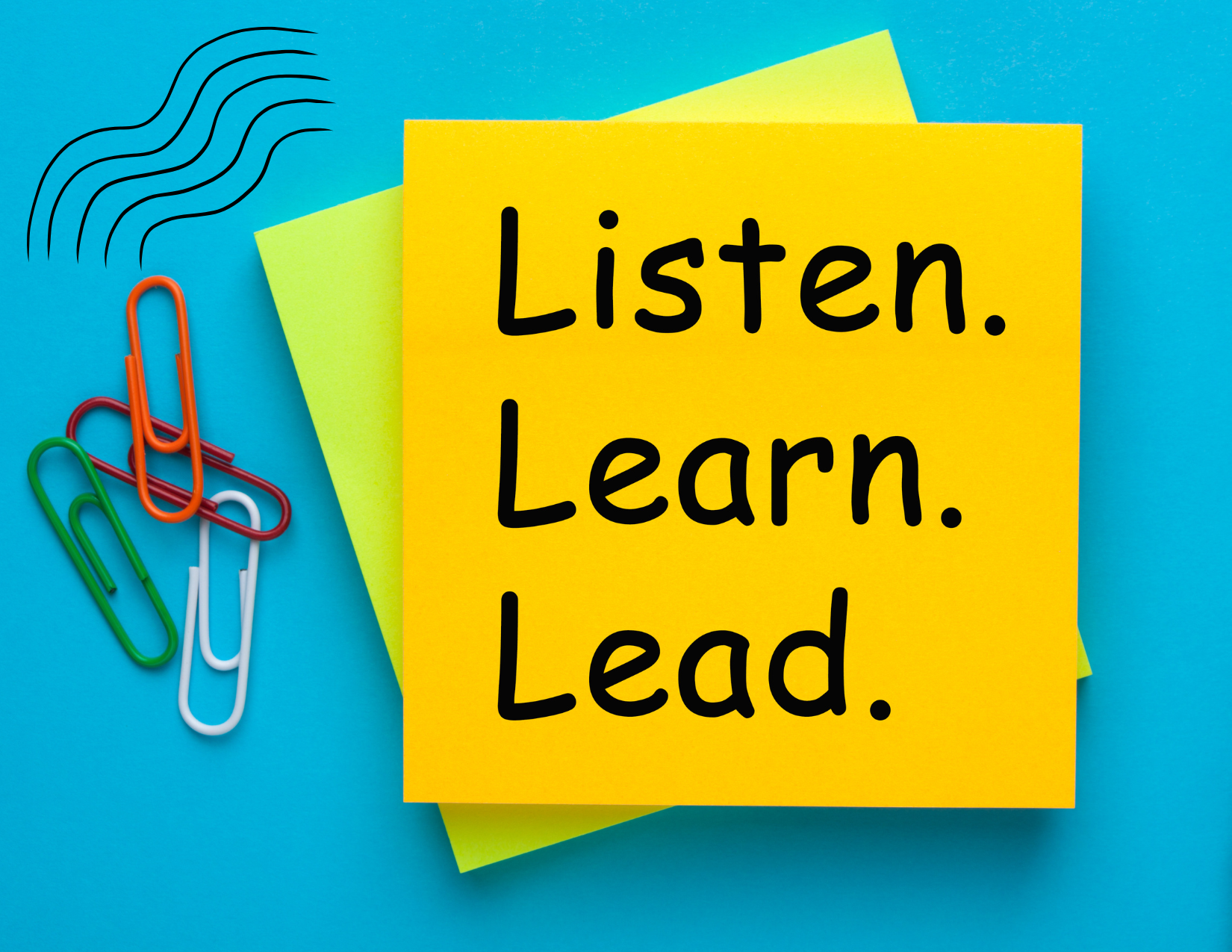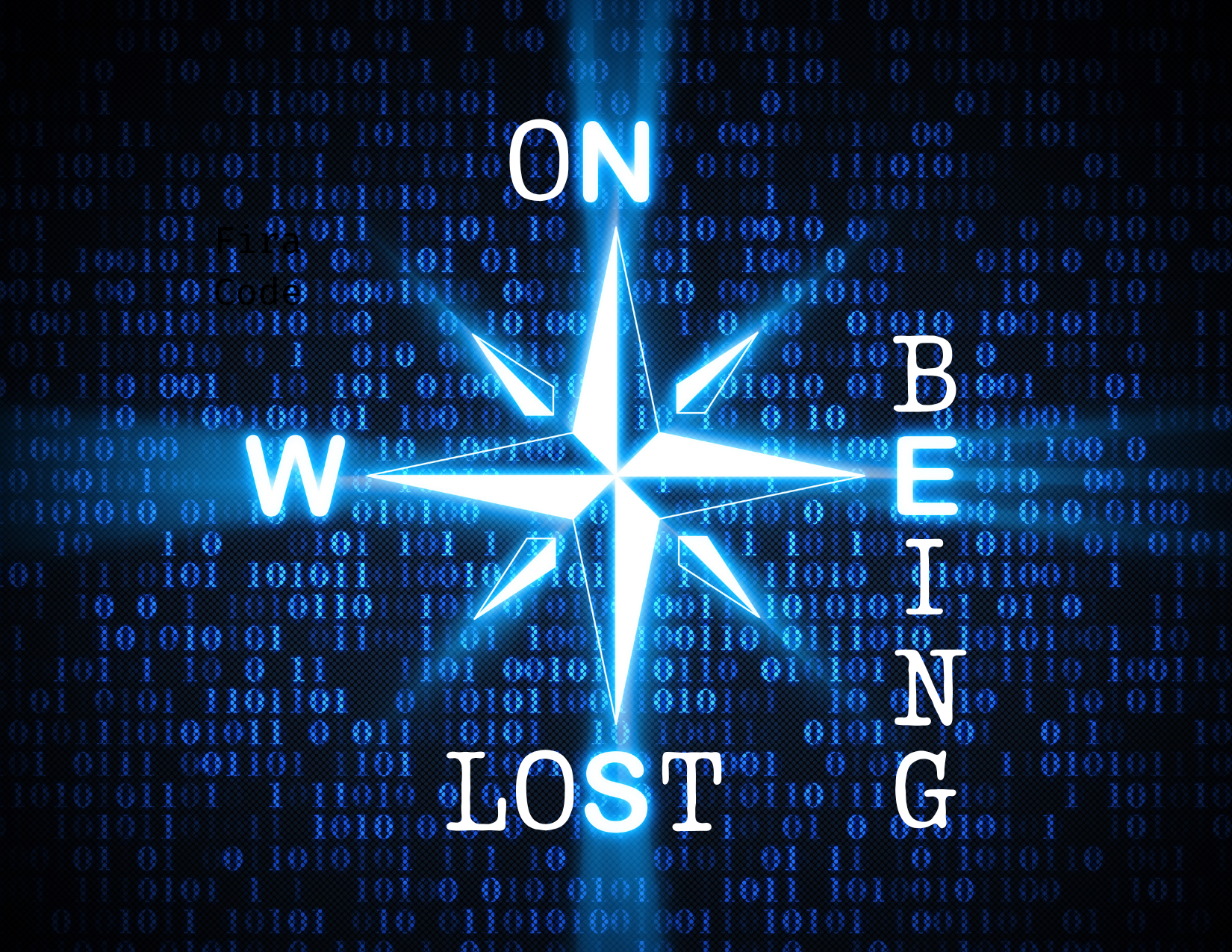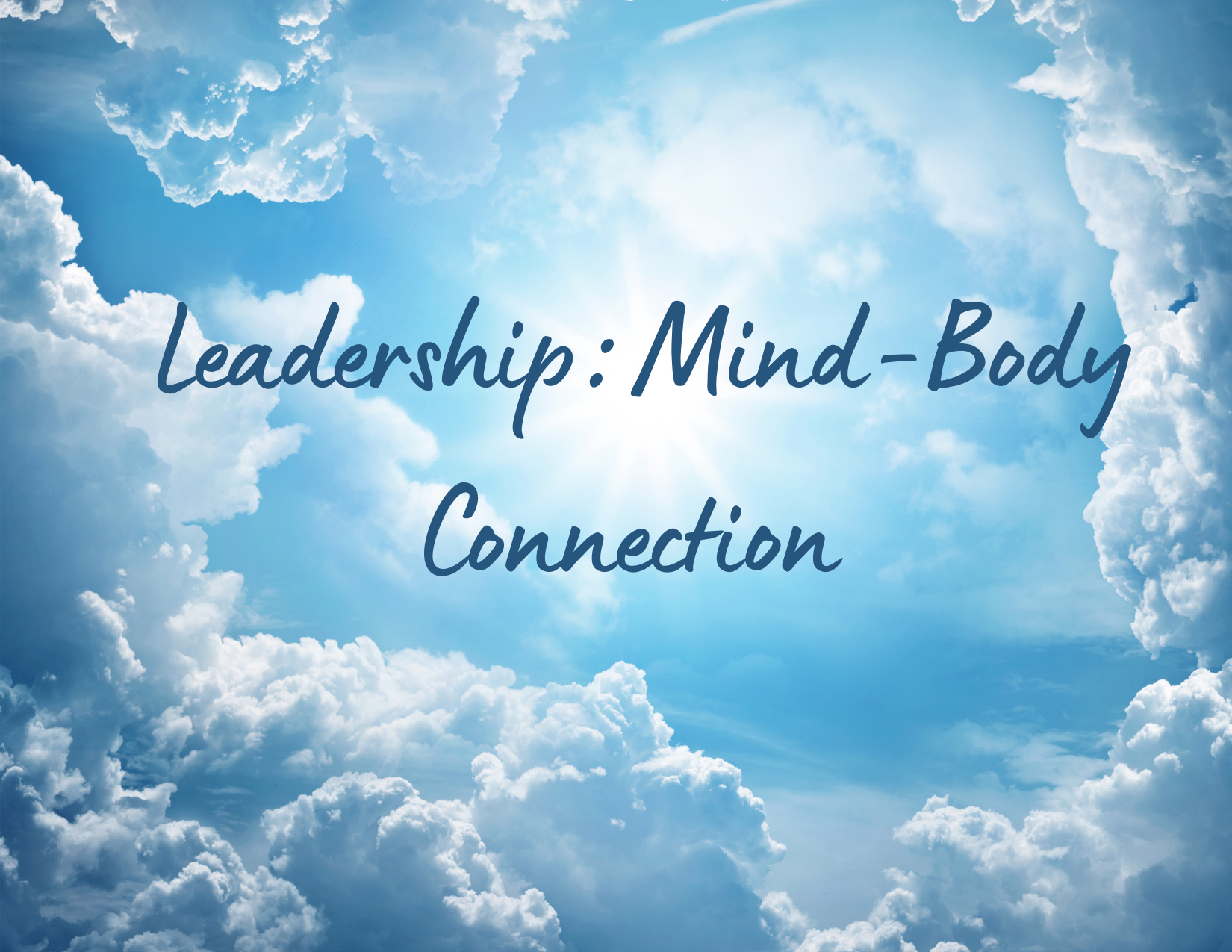In my study, a.k.a. home office, I have a wooden plaque on my windowsill that reads, “She believed she could, so she did.” It is a very empowering quote that fills me with fuel and reminds me that I have great strength within and can take on any obstacle if I apply my knowledge, skills, and experiences. When I am working, I look up, take in those words, and “BAM,” I am energized. When I tackle an issue, I think of those words, and “BAM,” I am energized.
Guilt.
However, there is one area in my life where this falls short: being a mother in the workforce. No matter how I try to tackle the task of motherhood, be it with confidence or all the other things I mentioned above, the one word that replaces my mantra is “guilt.” Here are some of the things on my guilt list: not being present as much as I should be, rushing my daughter because I have to get to work, missing a game or event, having someone else pick her up and take her to practice and softball games, coming home late, not having the energy to cook dinner so ordering out and not making a home-cooked meal, buying food for school events because I don’t have the time to make food and when she was younger, feeling I was a failure because I had to substitute formula for breast milk before she was a year old because nursing while working was a difficult task. You get the picture, and it looks a bit comical in writing, but the guilt is real.
Not too long ago, I received an email with the subject line, “Being a Working Mom,” the first sentence read, “Is so very hard. Does the guilt ever end?” My response was, “Sooo, nope, it does not!” followed by a smiley face. I then stated, “Just know, there is no balance, that is a myth, and anyone who tells you they are balancing well is lying.” I subsequently expanded on that with a conversation to check-in, elaborated on what I really meant, and did a little commiserating. This is a conversation I have often with mothers who are in the workforce.
Data.
There is a lot of data about women in the workforce. McKinsey reported in 2020 that approximately one-third of the workforce consists of working mothers. Seventy-three percent of working mothers have children under the age of eighteen. The McKinsey report further states, “Mothers are more than three times as likely as fathers to be responsible for most of the housework and caregiving during the pandemic. In fact, they are 1.5 times more likely than fathers to spend an additional three or more hours per day on housework and childcare. Single mothers have faced even greater loads—10 percent more single mothers report spending an additional three or more hours per day on housework and childcare than mothers overall.” We have jobs in the office and at home, and when we feel we are not achieving 100%, 90%, 80%, or even 50%, we feel guilty.
Advice.
As a mother in the workforce, is it possible to shift away from the emotion of guilt? Yes, not being able to be 100% present all the time at work and home is not a transgression. The best advice I have heard is from Thasunda Brown Duckett, President and Chief Executive Officer of TIAA, a Fortune 100 company. In a talk she gave in October of 2021 for FORTUNE On-Demand, she acknowledges the myth of mothers being able to achieve work-life balance. She aptly uses the analogy of a financial portfolio and states, “We can have a great life if we are intentional about what we put in our portfolio, recalibrate, and outperform this thing we call life.”
First, we must identify what is essential in the totality, and we only have 100% of our time for all those things. We then need to allocate our time and give ourselves grace for the unexpected shifts that require us to reprioritize and reallocate our time. So, you may miss a game or a play, you may be home late and miss bedtime, but in the course of being a mother, there are many things that you will do, and at the end of it all, you will outperform those solitary moments through the totality of your accomplishments.
Self.
Take time to care for yourself so you can have the space needed to decompress and recalibrate. Time is your number one commodity; you need to allocate time for yourself before giving time to others. You are not selfish. Taking time does not have to be a grand gesture. Take a fifteen-minute walk, sit in your car in the driveway for ten minutes to listen to your favorite songs, or get a mani-pedi. Limit your intake of social media (except my blog posts – insert smiley face). Connect or re-connect with a close friend who brings you joy. Buy a book that interests you and read five pages every day. Don’t be ashamed to ask for help if you need it. Give yourself grace.
The goal of being a good mother is not performing at 100%. Balance is aspirational; diversification is life. We can outperform this thing called life!








2 Responses
Nice post. It brought to mind pediatrician and psychoanalyst D.W.Winnicott, who developed the concept of the “good enough mother.” A key insight was that as a child grows, some of the slight disappointments or frustrations experienced over time in the relationship with mom are important to a child’s growth and development as an independent and autonomous person. So moms – and perhaps any parent – can hopefully be kind to themselves because being “good enough” is not bad. 🙂
Really appreciate this parental advice, Milan! I had not heard of D.W. Winnicott. I will be exploring his research further.